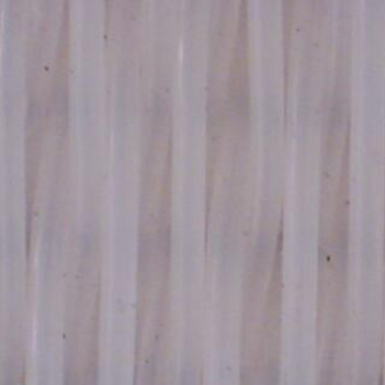Woven industrial fabrics can be made from a variety of materials, including natural and synthetic fibers. Natural fibers are obtained from plants and animals, while synthetic fibers are manufactured from man-made materials. Most synthetic fibers are processed in a chemical or spinning process.
Woven fabrics have been around since humans began manufacturing textiles. They are used for covering, decoration, and a variety of other applications. Woven fabrics are also used for medical applications. These fabrics are typically used to make clothing, such as jeans, button-up shirts, and t-shirts. They are also used in medical applications to create surgical gowns that are both durable and breathable.
Industrial fabrics are typically made from fibers that are renewable resources. They are also used in a variety of applications, including sports gear, outdoor furniture, and electronics. Industrial fabric manufacturers blend traditional fabric manufacturing methods with new threads to create durable and low-maintenance materials.
Synthetic fabrics are made from bulk fibers that are woven together. They can be made from a variety of materials, such as cotton and fiberglass. They are used in a variety of applications, including clothing, medical textiles, sports gear, and electronics. Some fabrics are even knitted. Woven fabrics are characterized by a formal structure that is defined by the weave pattern, thread density, and the crimp. Some fabrics also have additional properties, such as moisture-resistance, stretch ability, and liquid repellency.
Woven industrial fabrics can be produced in an unwoven texture as well. The manufacturing process will depend on the type of fabric. Typically, industrial fabrics are made from natural materials and fiberglass yarns. The fabric is woven or knitted in a variety of patterns. This can affect the performance of the fabric.
The formal structure of woven industrial fabrics can also be determined by the type of weave pattern used. This is important because it can determine how strong the fabric is, the filtration capabilities of the fabric, and the protection ability of the fabric. Depending on the application, a fabric can be made from higher-value fibers that are more difficult to manipulate.


Product Features:
Plate and frame filter cloth is a common filter medium, with wear resistance, good permeability, easy to remove cake after drying, acid and alkali resistance, high temperature resistance.
Product Usage:
The emergence of plate and frame filter presses is widely used in: coal washing, petroleum, chemical, pharmaceutical, metallurgy, light industry, food, textile, sewage treatment industries. Plate and frame filter press belongs to intermittent operation pressure filter equipment, which is suitable for use in solid-liquid separation projects of various suspensions.
.png?imageView2/2/format/jp2)
 English
English 中文简体
中文简体















